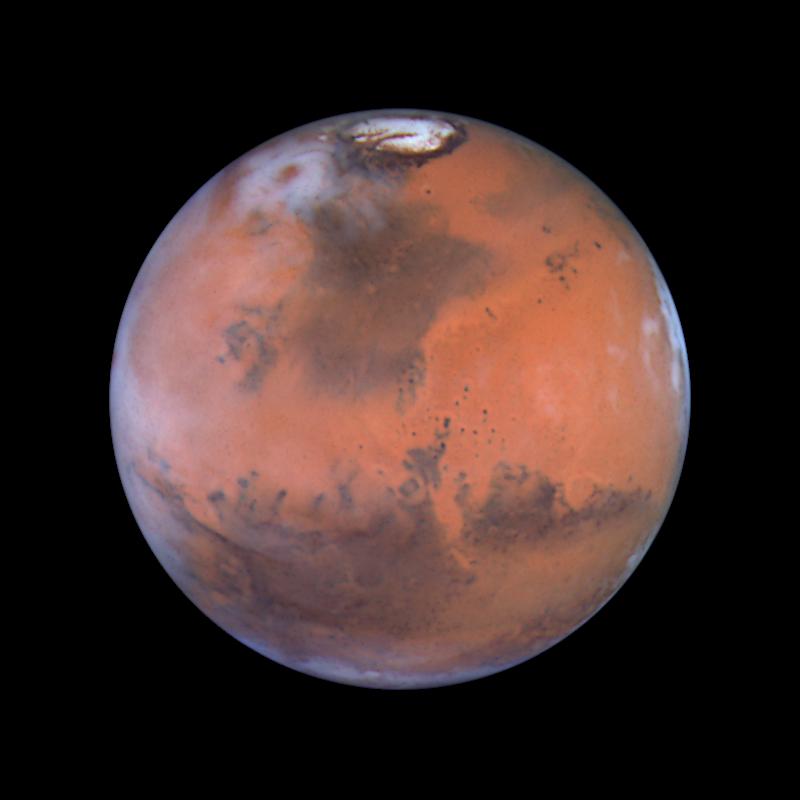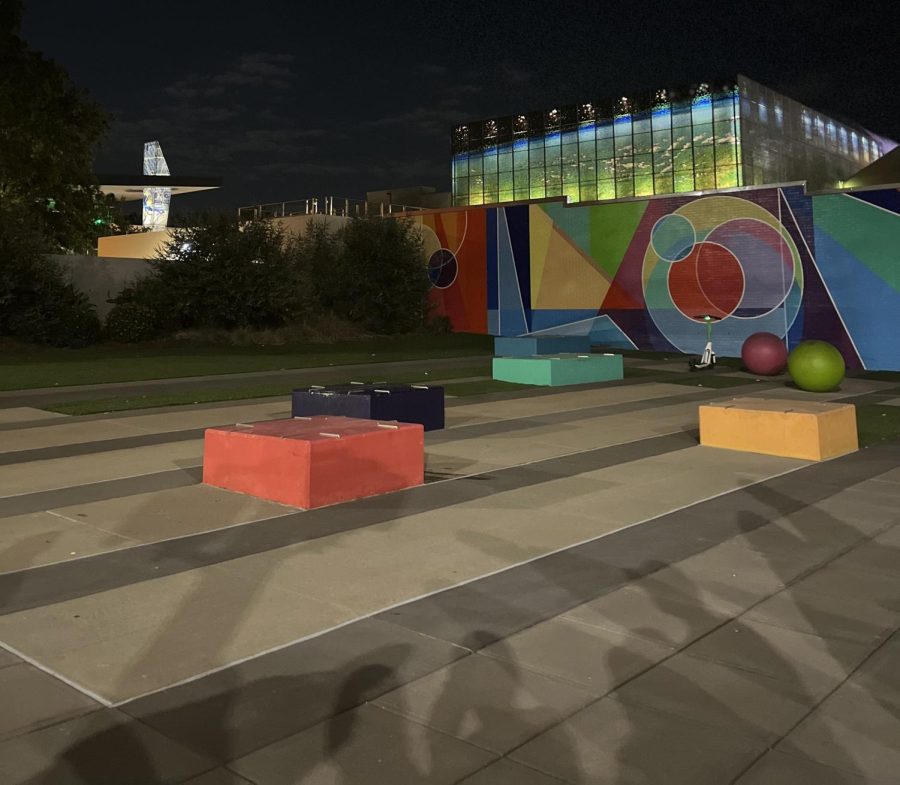Something that only used to be in movies may come true. With global warming as well as climate change on the rise, scientists, billionaires, and regular society have been discussing continuing the human race on other planets. One of those planets in discussion is our next door neighbor, Mars.
Since the 1960s, humans have been talking about and sending rovers to explore Mars. The first rover sent to Mars was called the Pathfinder’s Sojourner Rover, which was sent in 1997. The Pathfinder’s Sojourner completed its goal of collecting information about the rocks and soil on Mars. Since 1997, humans have successfully sent six different rovers to Mars and ever since landing that rover, there have been discussions on sending humans as well. According to NASA, we may send humans to Mars as early as the 2030s.
But why now are we talking about sending the whole population there? According to the National Institutes of Health, “The multifaceted rationale for colonizing Mars underscores its significance as a milestone in human evolution. It represents an amalgamation of survival strategy, scientific inquiry, technological prowess, economic potential, cultural inspiration, and international cooperation.”
Humanity is sending the human population to Mars for enhancement in space exploration, to enhance economic potential, and more. But is it even possible to live there? It’s questionable, the reason it’s believed that human life can even survive on Mars in the first place is because it is believed there was life there a long time ago. NASA asked Ell Bogat, a NASA scientist, that question and Bogat said, “The question is, ‘Is it habitable and for whom?’ Mars is hundreds of degrees colder than Earth; it has a hundred times less atmosphere and that atmosphere has hardly any oxygen. But there may be other forms of life that could have evolved that aren’t very much like us …Mars has evidence of being warmer in the past and of having stable liquid surface water for potentially hundreds of thousands of years. So, it’s possible that in Mars’ past there was a time where life could have evolved in that particular environment.” Along with this, I asked Mrs. Jones, an astronomy teacher at Millbrook High School, who gave a similar response but added, “However, with the advancement of technology, it is possible that Mars could become habitable in the future. Though, it is important to note that these would be artificial habitats designed for human use. Scientists are currently working on creating these artificial habitats!”
Overall, it seems that the talk of moving humans to Mars will continue into the future. Many big space companies (NASA, SpaceX, etc) are planning to put humans on Mars for scientific research in the coming years, and maybe someday soon to move humans to Mars indefinitely.




















